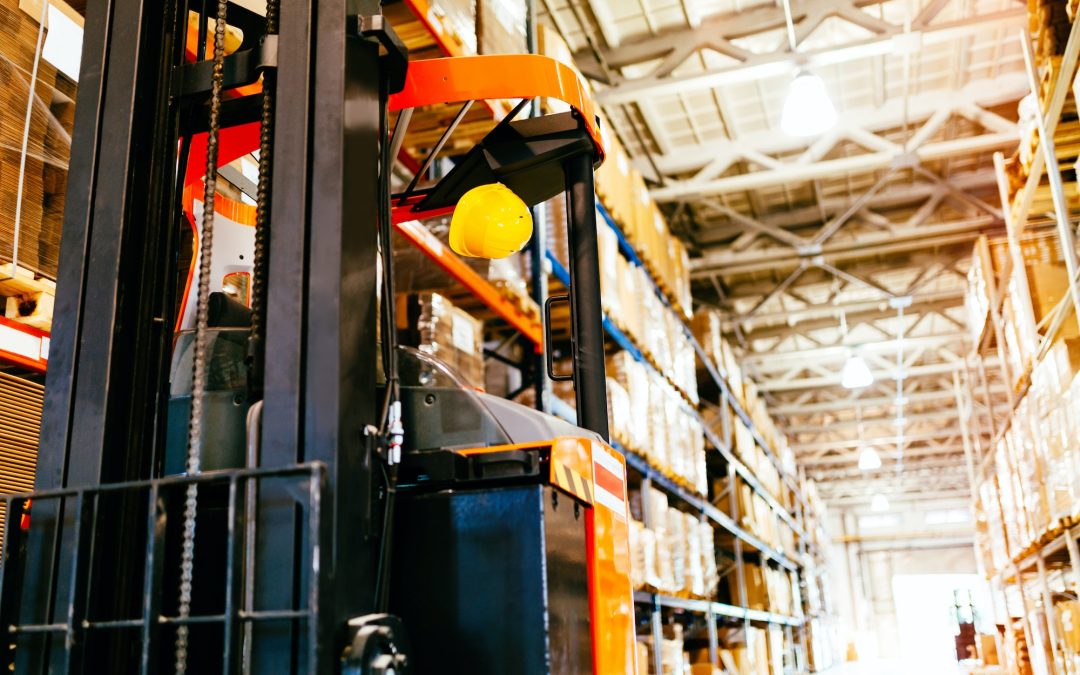Forklift accidents can be both costly and dangerous. In the workplace, these accidents can lead to significant property damage, serious injuries, or even death. To protect employees and equipment from harm, it is important for employers to understand common forklift accidents and how to avoid them.
In this article, we will take a look at some of the most common forklift accidents and how to prevent them. We will explore topics such as operator training, maintenance and inspection, proper safety equipment, and more. By understanding these risks and taking the necessary steps to mitigate them, businesses can better protect their workers and property from harm.
Operator Training
The first step in avoiding forklift accidents is making sure that operators are properly trained. A qualified operator should have a full understanding of the forklift’s controls and be able to safely operate it in any environment. Employers should provide thorough operator training that includes classroom instruction, hands-on practice with a qualified instructor, and regular safety refreshers. Additionally, businesses should ensure that all operators are certified by a qualified organization such as the National Institute for Occupational Safety and Health (NIOSH).
It is also important for employers to establish a safe work environment for operators by creating clear rules and guidelines that must be followed at all times. These rules should cover topics such as speed limits, how to properly secure loads onto the forks, when and where it is acceptable to use the forklift, and more. By establishing these rules, employers can help ensure that operators are following safe practices while operating forklifts.
Maintenance & Inspection
Regular maintenance and inspection of forklifts is essential for avoiding accidents in the workplace. Employers should ensure that all forklifts are maintained according to manufacturer guidelines at least once a year or after every 500 hours of use (whichever comes first). This maintenance should include checking brakes, steering mechanisms, lift chains/cables, gauges/controls/buttons/switches, tires/wheels/axles/pedals/suspension systems, lights & reflectors, horn & backup alarm, emergency stops (if applicable), fuel systems & exhaust systems (if applicable).
Additionally, employers should ensure that all forklifts are inspected on a regular basis by a qualified technician or inspector who has been trained in identifying potential hazards associated with operating a forklift safely. These inspections should cover topics such as brakes & steering mechanisms; lift chains/cables; tires/wheels/axles; pedals/suspension systems; lights & reflectors; horn & backup alarm; emergency stops (if applicable); fuel systems & exhaust systems (if applicable).
Proper Safety Equipment
Another key factor in avoiding forklift accidents is ensuring that proper safety equipment is being used at all times. Employers should make sure that all operators have access to a wide variety of safety equipment such as reflective vests or clothing; hard hats; protective eyewear; hearing protection; non-slip shoes or boots; fire extinguishers; first aid kits; signage indicating safety protocols; warning flags or cones; restraints (seat belts) on powered industrial trucks where appropriate; fall protection devices (harness & lanyard) when working at height with a powered industrial truck; etc.
It is also important for employers to provide operators with training on how to properly use this safety equipment in order to maximize its effectiveness in protecting against potential hazards. Additionally, employers should ensure that all safety equipment is inspected regularly for wear or damage and replaced when necessary.
Safe Driving Practices
Finally, an important factor in avoiding forklift accidents is ensuring that operators are following safe driving practices while operating the vehicle. This includes things like not exceeding designated speed limits; using caution when turning corners or navigating tight spaces; slowing down when approaching blind corners or intersections; allowing enough space between vehicles when traveling through congested areas; looking ahead while driving in order to anticipate possible hazards on the route ahead; driving defensively at all times when operating the vehicle near pedestrians or other personnel in the workplace; etc.
By following these safe driving practices while operating a forklift on the job site, employers can help ensure that their workers remain safe from harm due to potential workplace mishaps involving these powerful machines.
{CONCLUSION}
Forklift accidents can cause significant property damage and serious injuries or even death if not properly avoided or mitigated appropriately. To protect employees from harm it’s important for employers to understand common causes of forklift accidents and how they can be prevented with proper training, maintenance & inspection schedules, appropriate use of safety equipment, and following safe driving practices while operating these powerful machines. By taking these steps seriously businesses can better protect their workers from harm while also reducing costs associated with property damage due to potential workplace mishaps involving forklifts.

